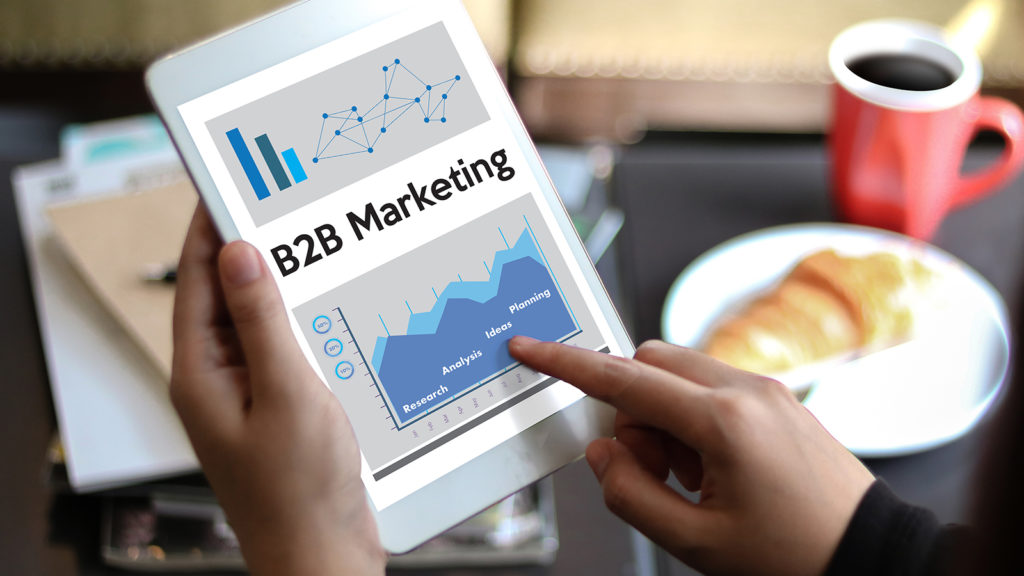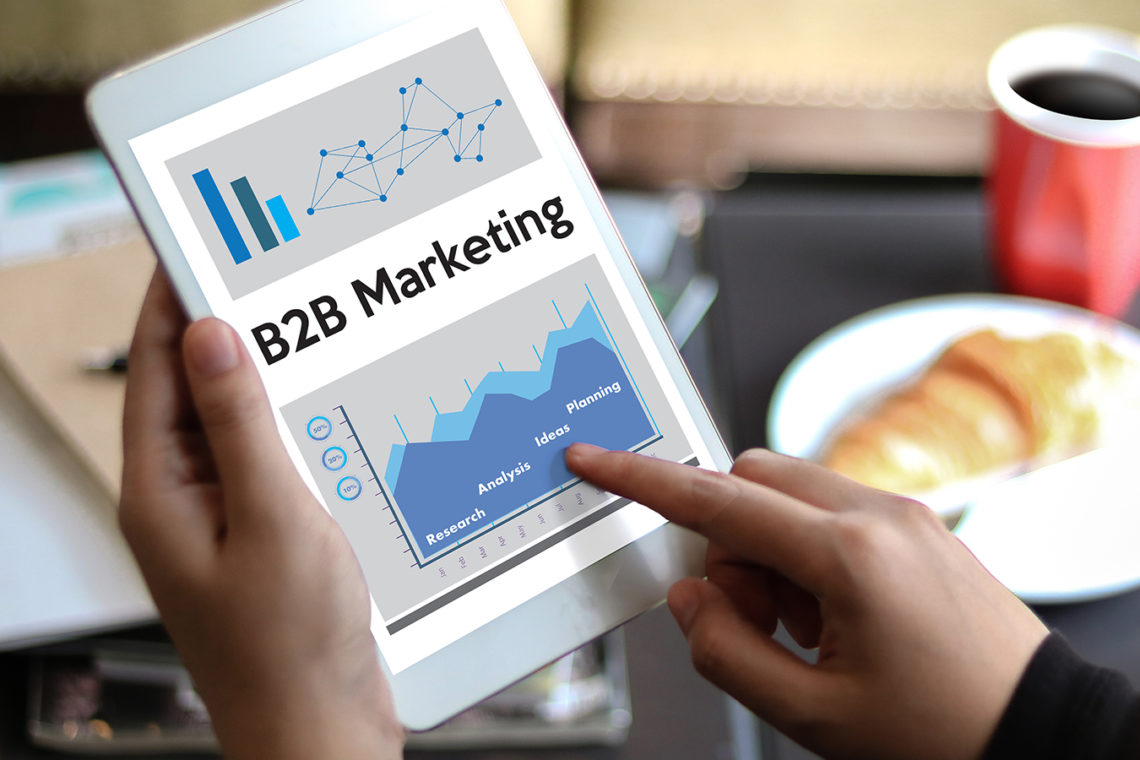
Discover how a B2B marketer in the traditional finance sector executed a gamification strategy to launch a new website. The entire campaign involved multiple marketing channels, but the heart of the effort was a B2B game that outperformed the goal and led to a 108.5% increase in visits to the new site, achieving a 9.38% conversion rate on the lead capture form.
CAMPAIGN
“These challenges were also the big opportunity for us to truly ‘engage’ with our audience and industry in a new, unconventional and impactful way,” explained Molina.”We wanted to do something radically different.”
Not all partners are early adopters
The gamification idea didn’t appeal across all of sharedserviceslink.com’s customers. Molina felt one corporate sponsor had a lot of synergy with the “Kill the Paper Invoice” game based on its product offering. That partner viewed the game idea as just too risky.
“This would have given us additional reach through their contact lists,” explained Molina. “So, this was perhaps the only thing that didn’t work as I planned it.”
Although Molina began the campaign with confidence, the move was risky in the sense his polling and customer outreach research found no other example of a gamification marketing effort in his industry. This was uncharted territory, and his main goal was to increase visits to the new website by 50%.
Over the first month of the campaign:
- Website visits increased by 108.5%
- Unique website visits increased by 99.8%
Over the second month of the campaign:
- Website visits increased by 95.9%
- Unique website visits increased by 81.4%
Other results include:
- 34% increase in membership database
- 9.38% conversion rate from game page visit to data capture
- 19.7% of leader board entrants forwarded the game to a colleague
And, the game stats:
- 20% only played the game once
- 30% played more than five times
- 5% actively pursued the game’s prize
